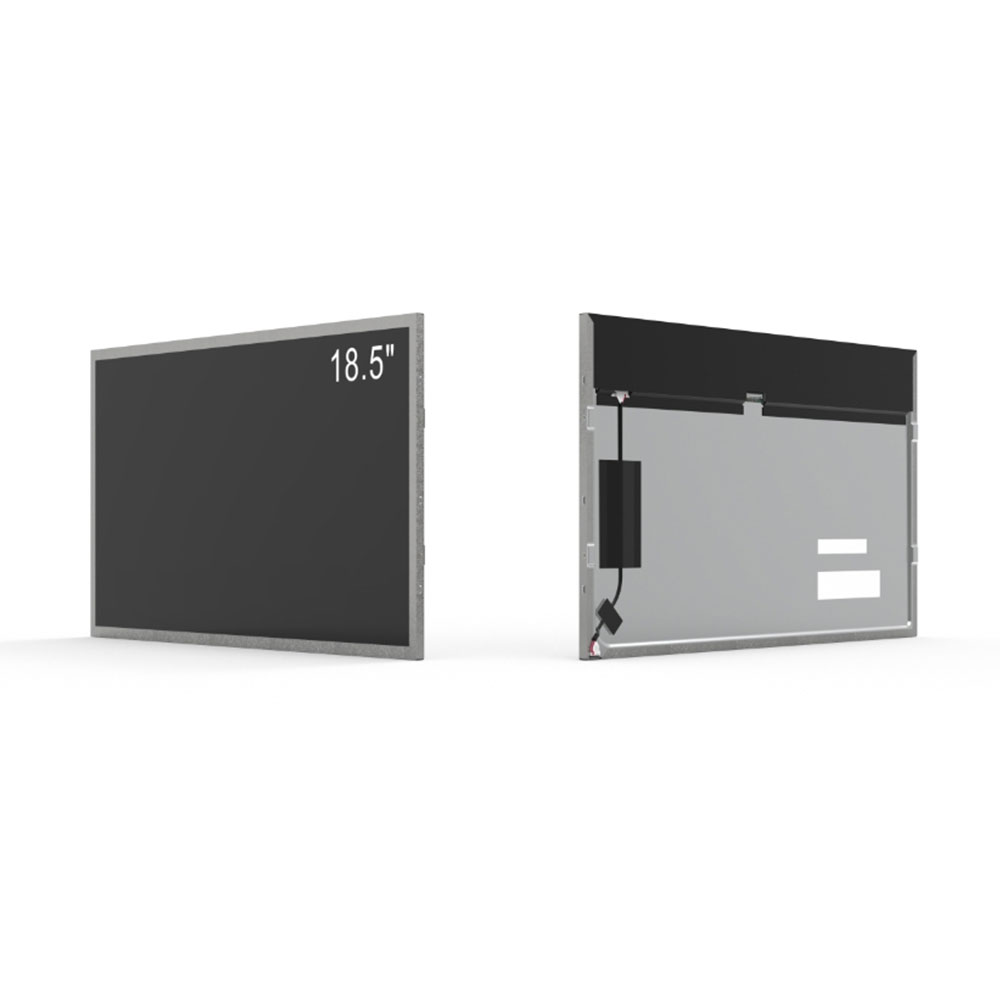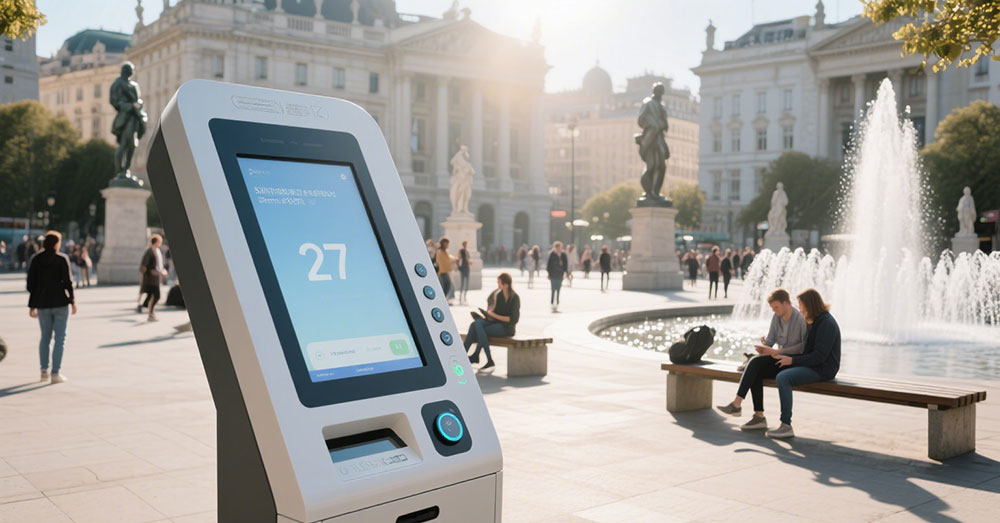When selecting an outdoor LCD screen for commercial, industrial, or public use, several technical parameters must be evaluated to ensure optimal performance under real-world environmental conditions. The most critical factors include brightness, viewing angle, weatherproofing, and power efficiency—each directly impacting visibility, longevity, and total cost of ownership.
First, brightness is arguably the most crucial specification. Unlike indoor screens that operate in controlled lighting, outdoor displays must combat direct sunlight, which can reach up to 10,000 lux. Industry standards such as those from the Society of Motion Picture and Television Engineers (SMPTE) recommend a minimum of 5,000 nits for daytime visibility, with premium applications like digital signage in urban plazas often requiring 7,000–10,000 nits. High-brightness panels using LED-backlit technology or advanced local dimming algorithms significantly improve contrast and reduce eye strain even in harsh daylight.

Second, viewing angle determines how well content remains legible from different positions. For outdoor installations where viewers may approach from various angles—such as bus stops, stadiums, or building facades—a wide viewing angle (typically 178° horizontal and vertical) ensures consistent image quality. IPS (In-Plane Switching) panel technology is preferred over TN (Twisted Nematic) due to its superior color accuracy and angular consistency.
Third, IP rating defines the level of protection against dust and water ingress. A minimum IP65 rating is essential for outdoor use, meaning the screen is dust-tight and protected against water jets from any direction. For coastal or high-humidity environments, consider IP68 for full submersion resistance. According to IEC 60529 standards, rigorous testing simulates real-world exposure including salt spray, UV radiation, and thermal cycling.
Fourth, power efficiency affects long-term operational costs. Energy Star-certified outdoor LCDs consume 30% less power than non-certified models while maintaining brightness output. This not only reduces electricity bills but also lowers heat generation—an important factor for passive cooling systems in remote installations.

Finally, thermal management should not be overlooked. Outdoor screens are exposed to extreme temperatures—from -20°C to +60°C—requiring robust internal heat dissipation mechanisms such as aluminum heatsinks, fanless designs, or intelligent thermal sensors that adjust brightness dynamically based on ambient temperature.

Case studies from cities like Singapore and Dubai show that combining these features results in screens lasting 7–10 years without significant degradation. Leading manufacturers such as LG, Samsung, and Leyard now offer modular, field-replaceable components for easier maintenance and extended lifecycle support.
For project managers, integrators, or facility operators, choosing the right outdoor LCD isn’t just about specs—it’s about understanding environmental stressors, leveraging industry best practices, and planning for future-proof performance.







